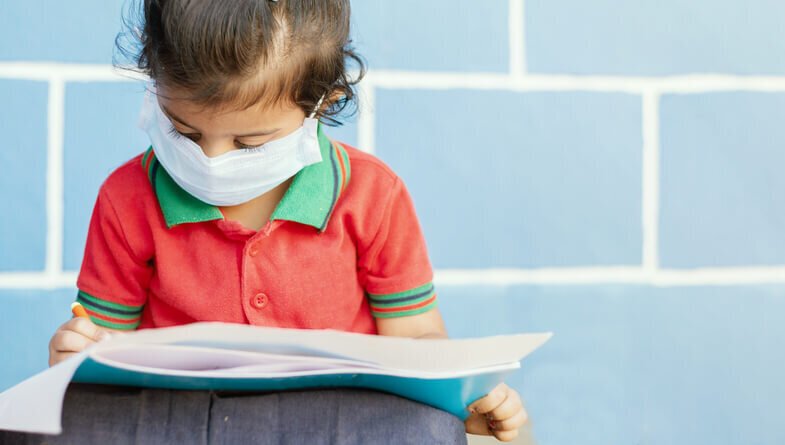The under-education crisis
Education around the world is in a poor state, and the pandemic only made things worse. (Photo: IStock)
The COVID-19 pandemic is the biggest disruption to education in history. Over the past two years, many schools were forced to shut down in compliance with quarantine and lockdown protocols.
All around the world, about 770 million children still weren’t going to school full time towards the end of June 2021. Over 150 million children in 19 countries had no access to face-to-face schooling, and were forced to either enroll in online classes or not go to school at all.
The United Nations estimated that 24 million children around the world had no choice but to drop out of school because of the pandemic.
To make things worse, the 24 million out-of-school children aren’t our only problem. Millions of children who are in school are receiving a poor education.
The pandemic of under-education
Oxford’s Our World in Data compiled the numbers on education and found that a large number of children around the world are not learning what they are supposed to in school.
As with most alarming systemic problems, you would think that this is only a problem in the world’s poorest countries—and for the most part, that is true. But even rich countries are seeing this problem in their schools. Research shows that about 9% of students in high income countries cannot read with the expected comprehension level by the time they graduate from primary schooling.
Still, it remains that poorer countries bear the brunt of this problem. In low income countries, 90% of children (ten times that of high income countries) are not able to read with comprehension by the time they finish primary school. Eventually, these children would learn how to read, but by the time they do, they would have already fallen behind in learning the other things they need to learn at that level.
In higher income countries, only 2% of children cannot read with comprehension at the age that the children in low income countries learn to read. The problem just snowballs over the years, leaving them with a level of education that makes them unable to keep up with their better educated counterparts in high income countries.
If it's broke, fix it
So, millions of kids are not in school. And the kids who are in school aren’t learning enough. Clearly, there’s a problem here—but there’s also a long list of solutions put forward by people so much smarter than a lot of us, to fix it.
Arguably the best solution, but also the most difficult, is to raise the standard of living for everyone, everywhere. Easy-peasy right. Then there's the fixing of school curriculums—much simpler than addressing poverty. What can parents do to help? For one thing, they can make start by understanding how important it is that their children have a proper education.
Progress is being made, but we still have a long way to go in making sure that every child has a chance to go to school so they can learn everything they need to make the most of their lives.


